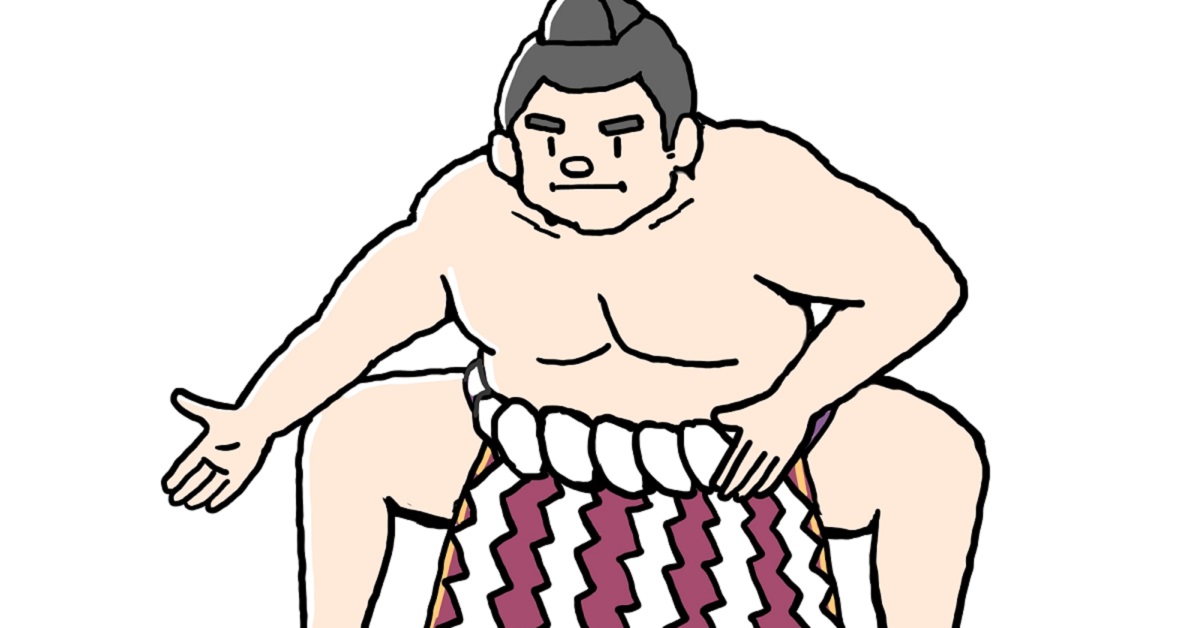A tsukibito is a young wrestler who supports a senior sekitori. Their duties range from helping with baths and meals to preparing for training and managing luggage. While these may look like chores, they are in fact crucial opportunities to learn etiquette, discipline, and responsibility in the sumo world. Each task contributes directly to the wrestler’s future growth as a sekitori.
The Basic Duties of a Tsukibito
A tsukibito’s role is to ensure that the sekitori can concentrate on training and matches. Their duties are varied and require not only physical strength but also careful attentiveness.
| Duty | Description |
|---|---|
| Bath Assistance | Adjusting the water temperature and preparing towels and soap |
| Meal Service | Bringing the chanko stew and setting the dining area |
| Room Cleaning | Keeping the stable and training hall clean |
| Training Preparation | Setting up practice gear and clothing |
| Carrying Luggage | Managing baggage during tournaments or tours |
These responsibilities are not mere chores but practical opportunities to learn etiquette and customs within the sumo world.
What a Tsukibito Learns
Through their experience as a tsukibito, young wrestlers acquire the fundamentals of life in the sumo world. They learn manners, daily routines, and attitudes toward competition by closely observing their seniors. Furthermore, they come to understand the importance of hierarchy and mentorship, which later helps them when they themselves must guide younger wrestlers.
| Lessons Learned | Examples |
|---|---|
| Etiquette | Greetings, language use, proper behavior |
| Daily Habits | Early rising, consideration in communal living |
| Training Discipline | Preparing and cleaning up for practice, maintaining focus |
| Understanding Hierarchy | Respect for seniors, teaching juniors |
The experiences gained as a tsukibito become the foundation for becoming a successful sekitori.
The Tsukibito System from a Foreigner’s Perspective
For foreigners, the tsukibito system is often surprising. In many sports, professional staff such as trainers or managers provide support, but in sumo, wrestlers support each other directly.
| Sport | Support System |
|---|---|
| Soccer | Dedicated trainers and managers |
| Tennis | Coaches and physiotherapists |
| Sumo | Young wrestlers serve as tsukibito to senior sekitori |
Sumo emphasizes traditions passed directly from person to person, and the tsukibito system is a strong symbol of this. Even foreign wrestlers go through the same experience, which helps them deepen their understanding of Japanese culture.
The Daily Schedule of a Tsukibito
A tsukibito spends most of the day attending to the sekitori. Below is a general daily routine.
| Time | Main Activities |
|---|---|
| Early Morning | Preparing the training hall, cleaning |
| Morning | Joining training, assisting the sekitori |
| Midday | Preparing and serving meals |
| Afternoon | Shopping, organizing baggage |
| Evening | Preparing the bath, cleaning after practice |
| Night | Serving dinner, assisting personal needs, preparing for the next day |
As shown, a tsukibito lives a life of constant action and responsibility.
Historical Background of the Tsukibito System
The tsukibito system has existed since early times and has long supported the traditions of sumo stables. Even in the Edo period, wrestlers had disciples who handled their personal needs. This not only preserved order in the sumo world but also made hierarchy clear.
| Era | Features of Tsukibito |
|---|---|
| Edo Period | Wrestlers formed mentorship bonds and lived together |
| Meiji Period | The stable system was established, clarifying roles |
| Shōwa Period | With more tours, luggage management became crucial |
| Modern Day | Even foreign wrestlers experience the system |
Looking at history, the tsukibito can be seen as carriers of sumo culture.
The Modern Significance of the Tsukibito System
Today, the tsukibito system is more than just tradition. It serves as a way to teach interpersonal skills and foster responsibility, making it still highly valuable. For foreign wrestlers, it also becomes an opportunity to learn Japanese language and customs, playing an important role in cultural exchange within the world of sumo.
Conclusion
A tsukibito is a young wrestler who supports a sekitori’s daily life, learning etiquette and discipline in the process. Their duties extend far beyond chores—they are opportunities for growth, respect, and responsibility. For foreigners, the system may seem unusual, but it is essential to understanding sumo’s traditions and culture.





コメント